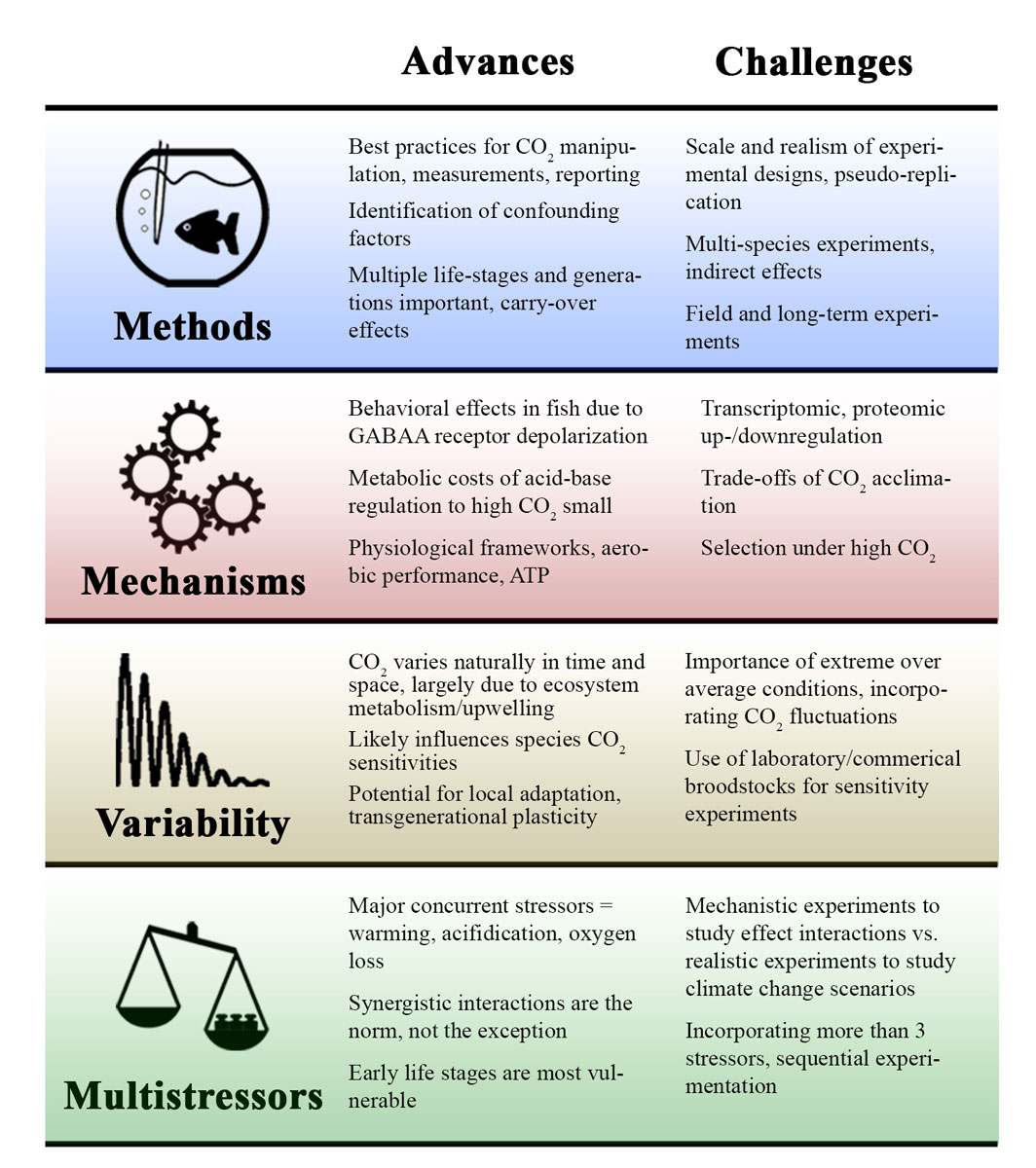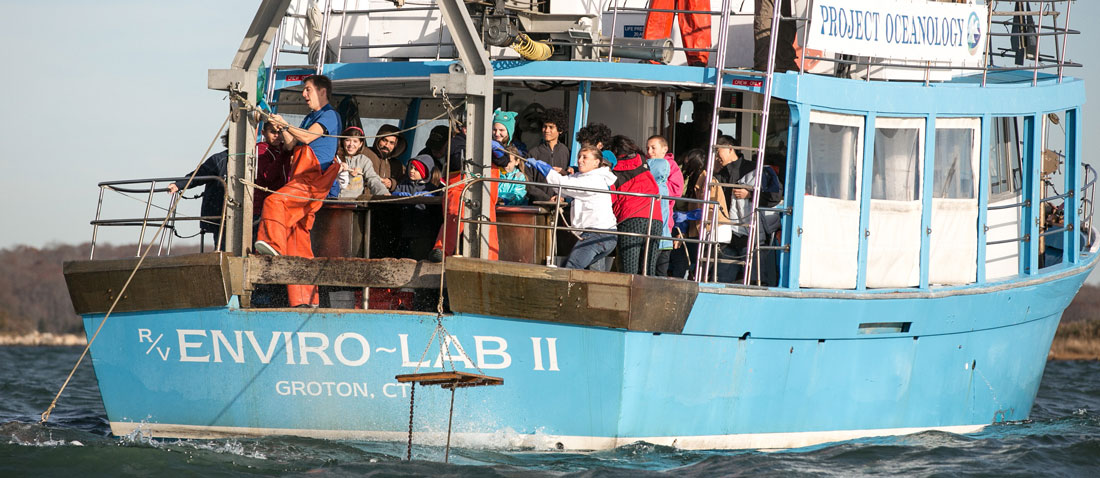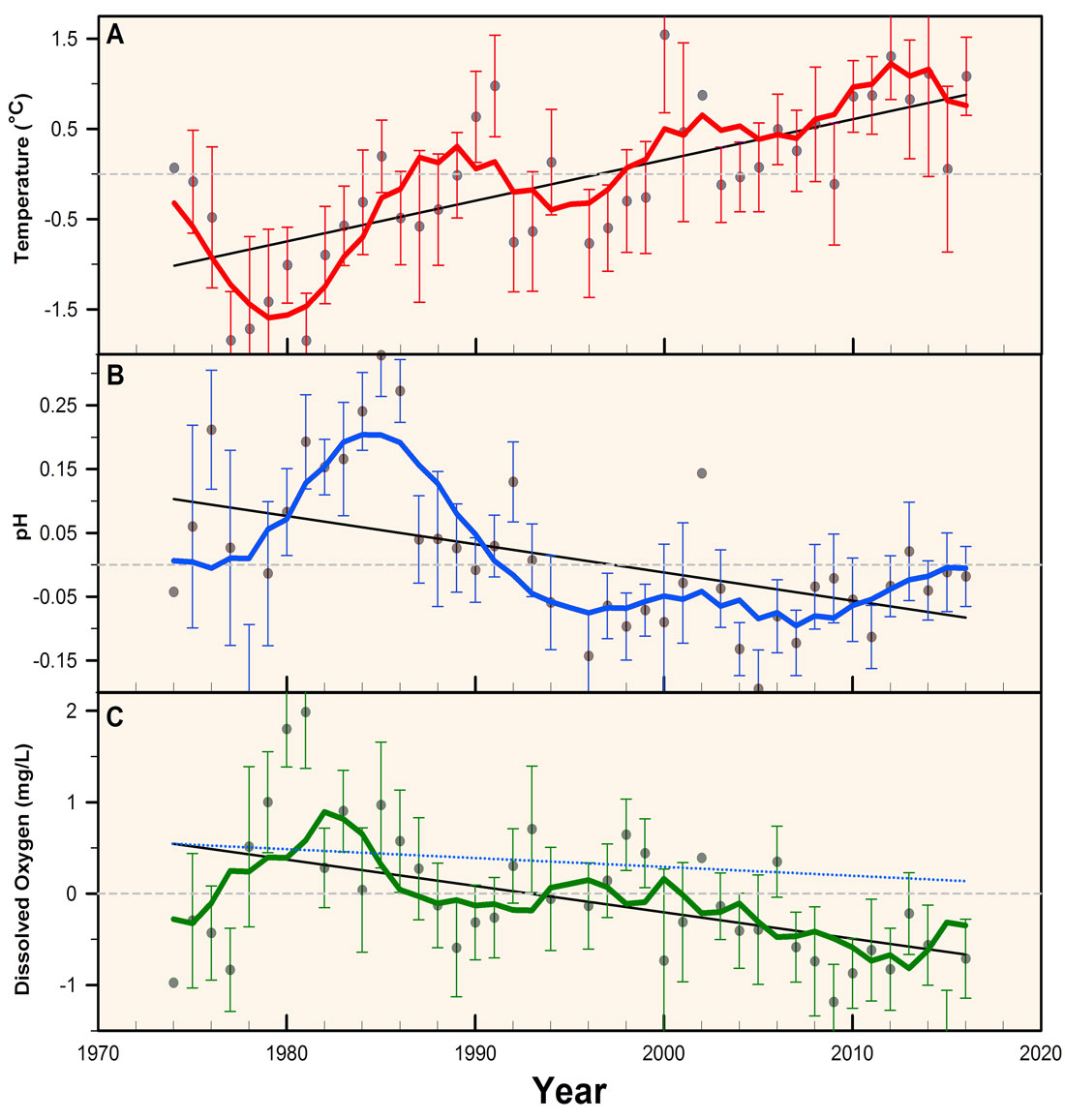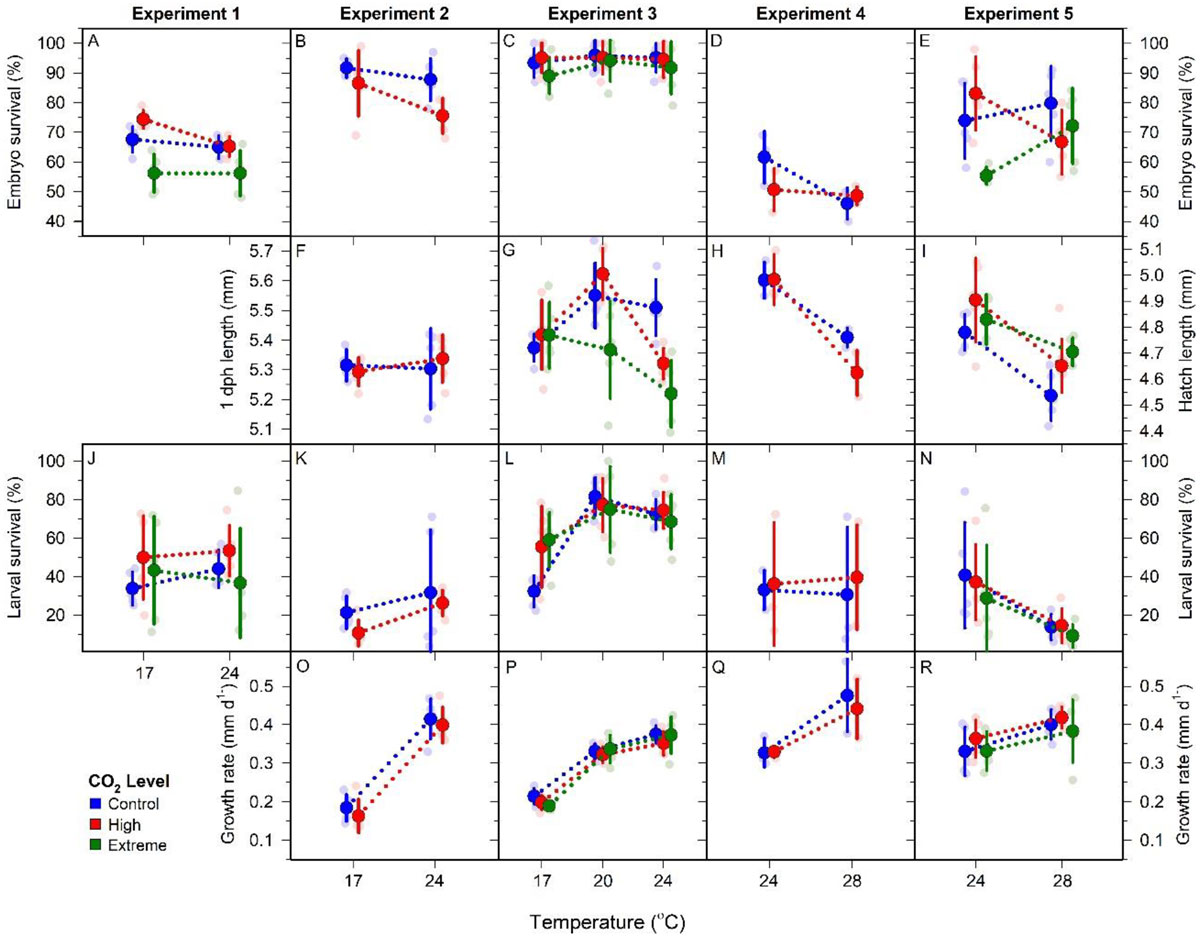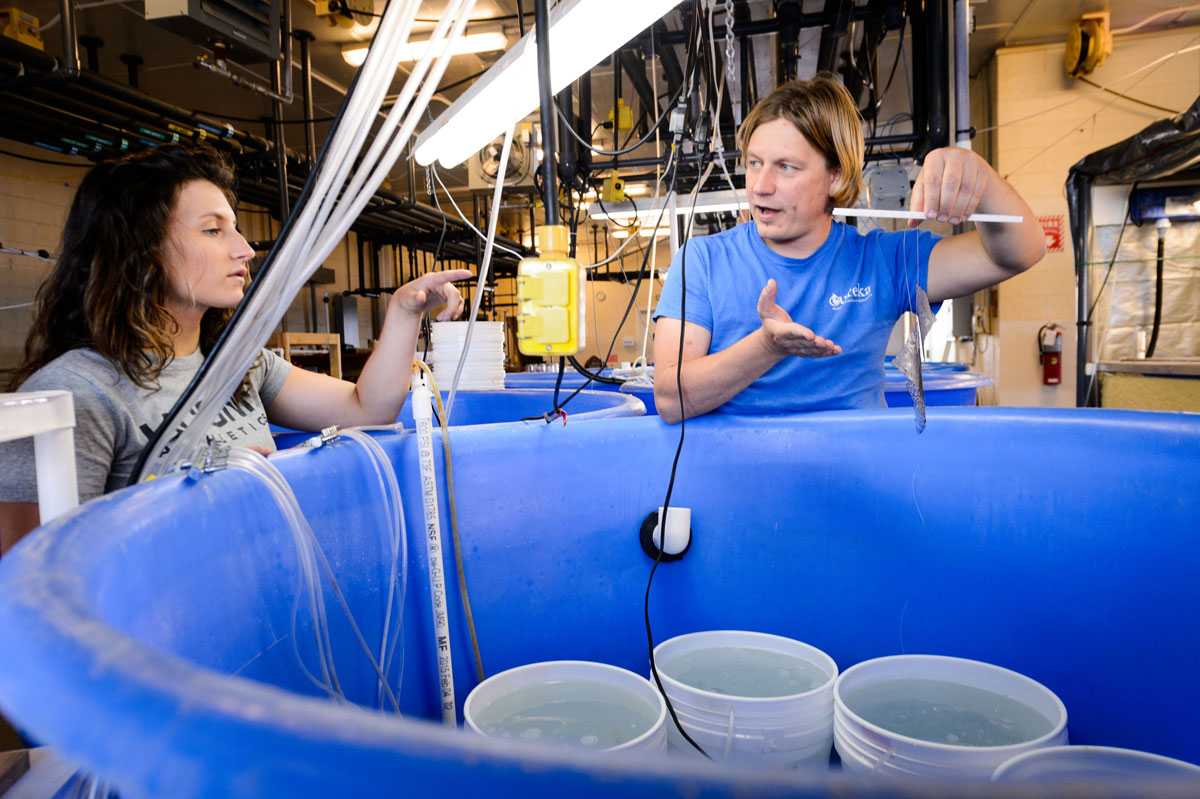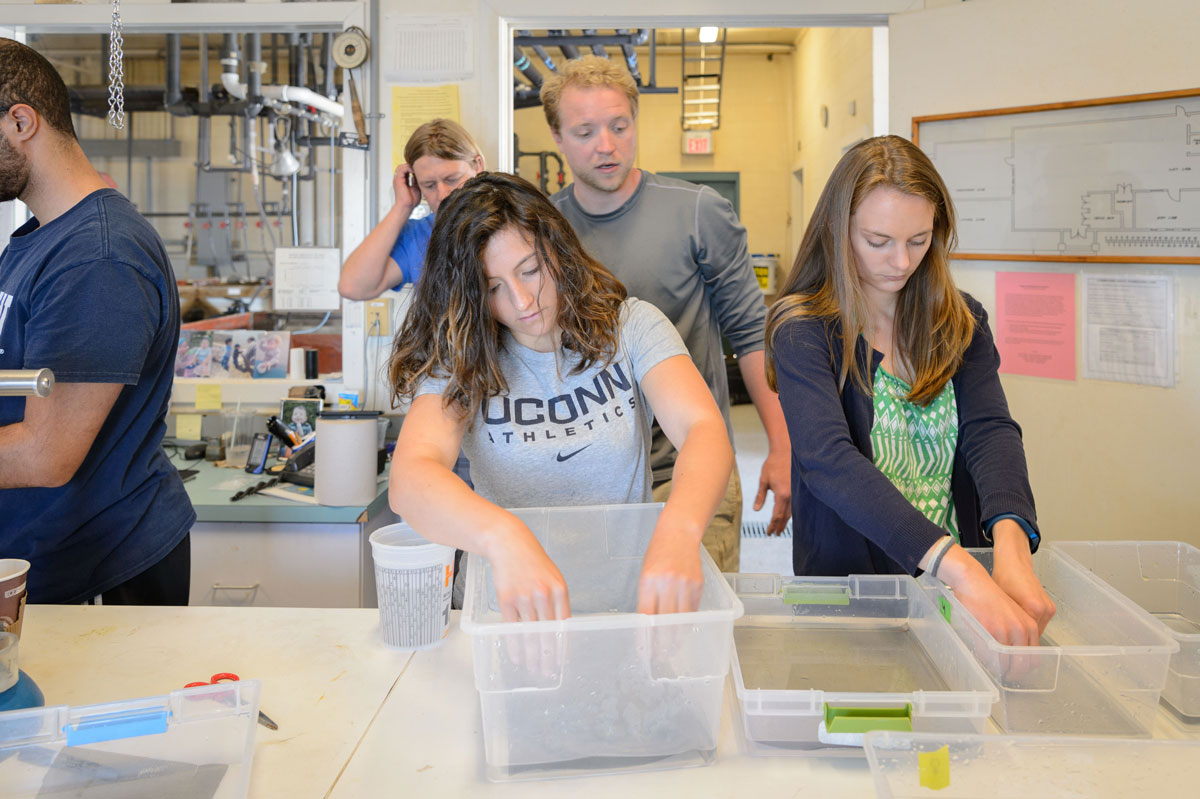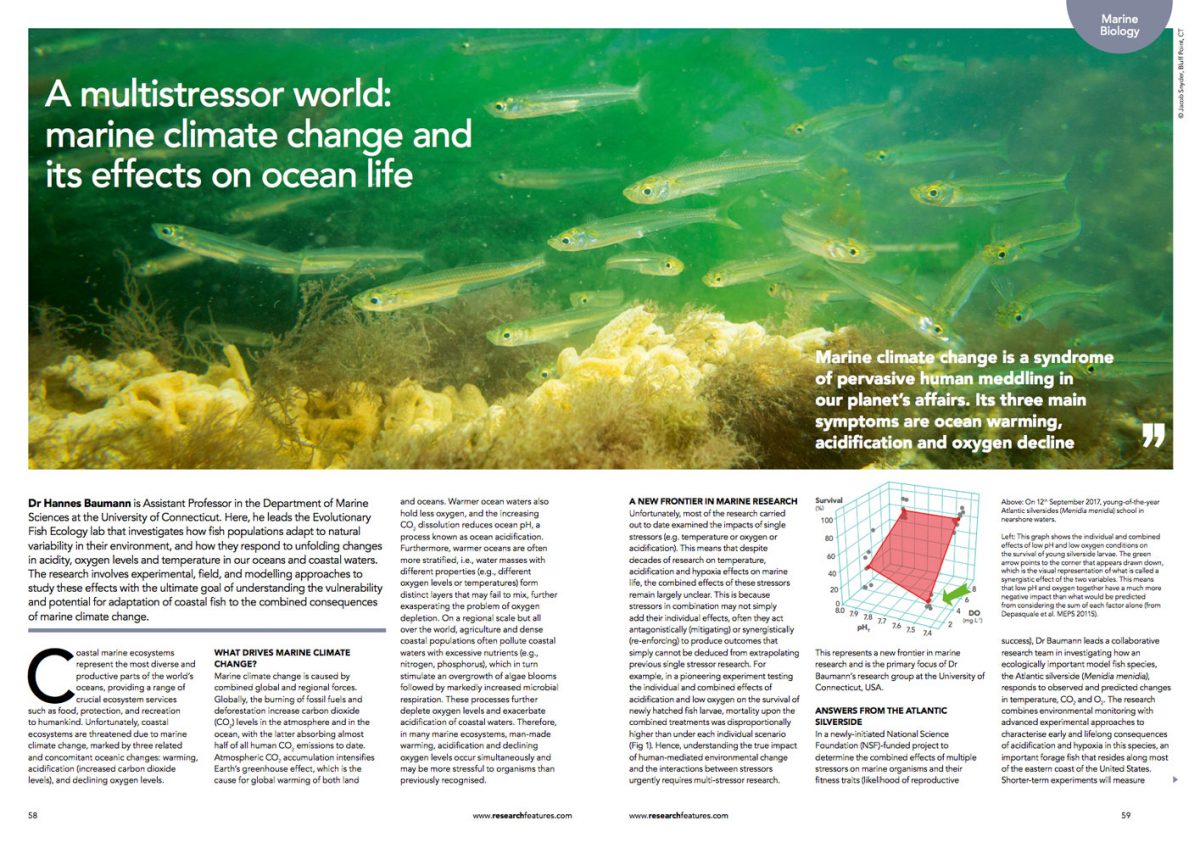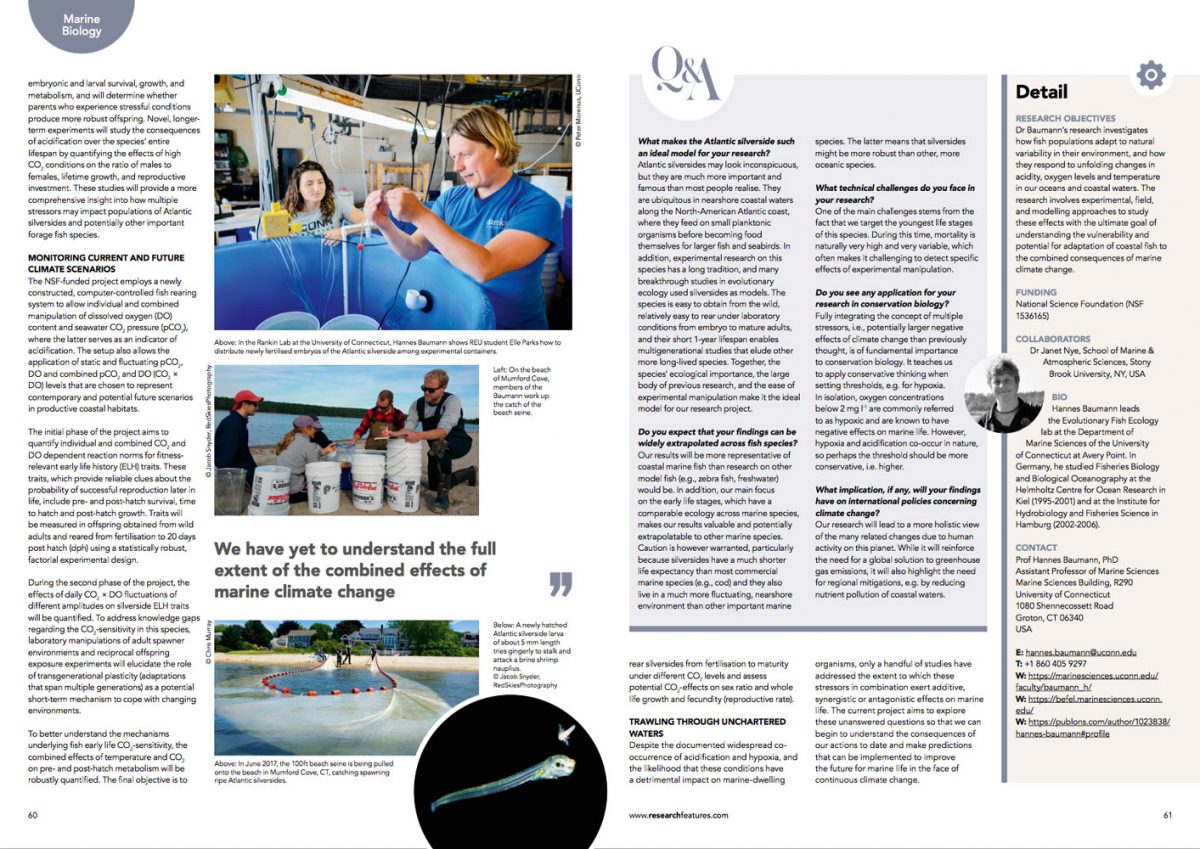15 April 2019. Today, Emma is happy to report that Environmental Science & Technology have just published the latest paper from her PhD about brachiopod resilience to future ocean acidification. This project involved long-term culturing of a polar and a temperate brachiopod under future ocean acidification and warming conditions. Substantial shell dissolution posed a threat to both species under ocean acidification, with more extensive dissolution occurring in the polar species.
Unexpectedly, we discovered that brachiopods thicken their shell from the inner shell surface when extensive dissolution occurs at the outer shell surface under ocean acidification. This is an important finding to further our understanding of how predicted vulnerable marine calcifiers might cope under future environmental change.
Cross, E. L., Harper, E. M. and Peck, L. S. 2019. Thicker shells compensate extensive dissolution in brachiopods under future ocean acidification. Environmental Science & Technology (published online March 29, 2019).

